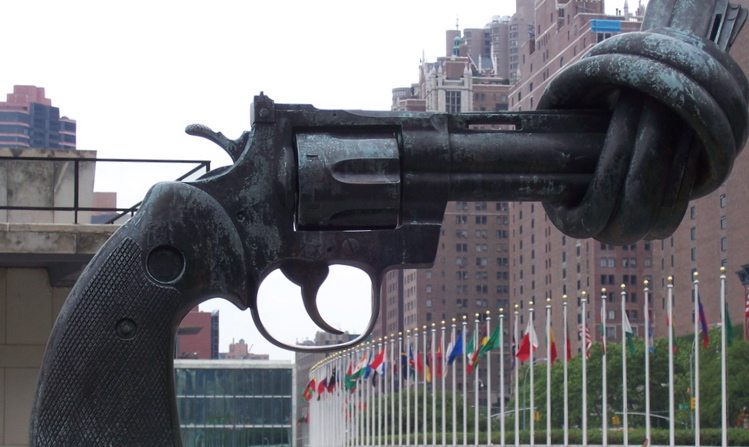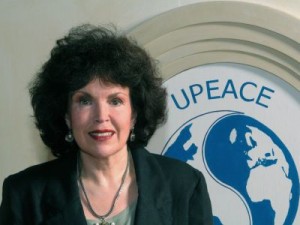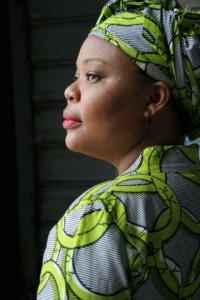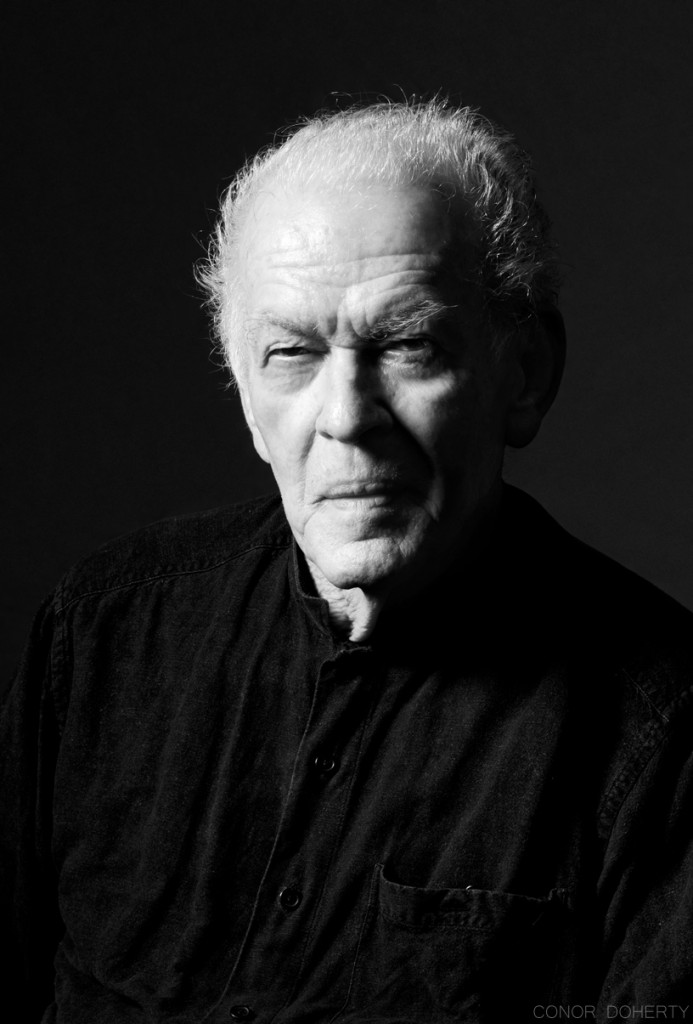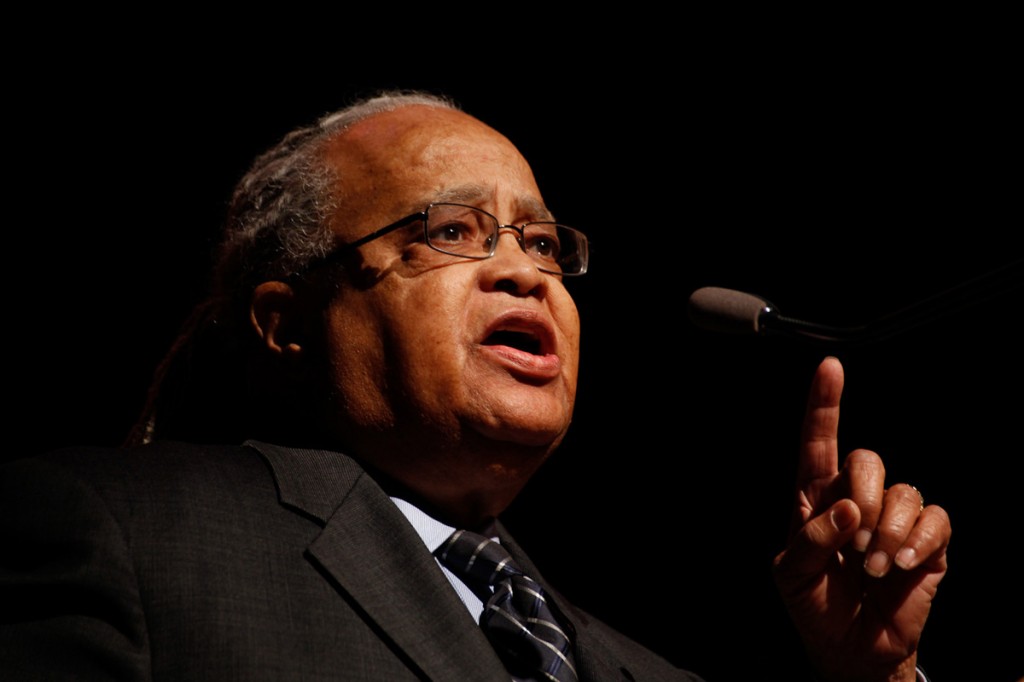Theory
PURPOSE: Gandhian nonviolence or ahimsa has its origins in Vedic Hinduism and in the 6th century BC Jain philosophy of “doing no harm” to living things. Jainism was a popular sect in the Indian state of Gujarat where Gandhi was born and raised. Gandhi did not like the word nonviolence, sometimes written as non-violence, which might be said to compound the misunderstanding. A better reading of ahimsa might be not-violence, admittedly awkward, but nonetheless conveying the sense that nonviolence is all that which does not belong to the category of violence, rather than its opposite. A satyagrahi needs to cultivate virtues, habits, and practices that are nonviolent; paramount are patience, forgiveness, and satyagraha or holding to the truth. Gandhi spoke of nonviolence as a way of life and virtue, in part as a counter-reaction to Rabindranath Tagore’s injunction that nonviolence could be used for good or evil. Those who would practice nonviolence must make themselves nonviolent to forestall its misuse. This section of our web site hopes to engage these sorts of definitions, discussions, and the effect of interpretation on current practices. Your contributions are welcomed. The Theory page is edited by Joseph Geraci.


